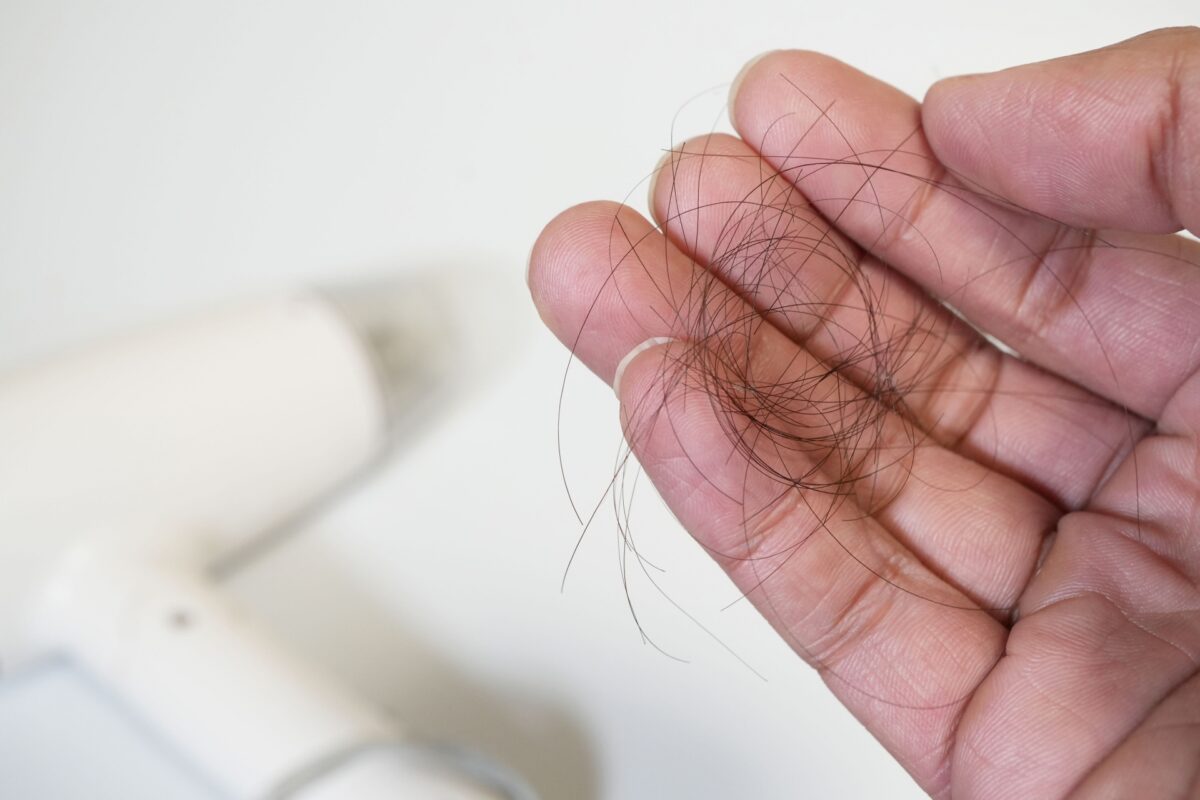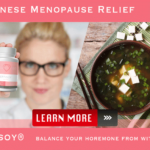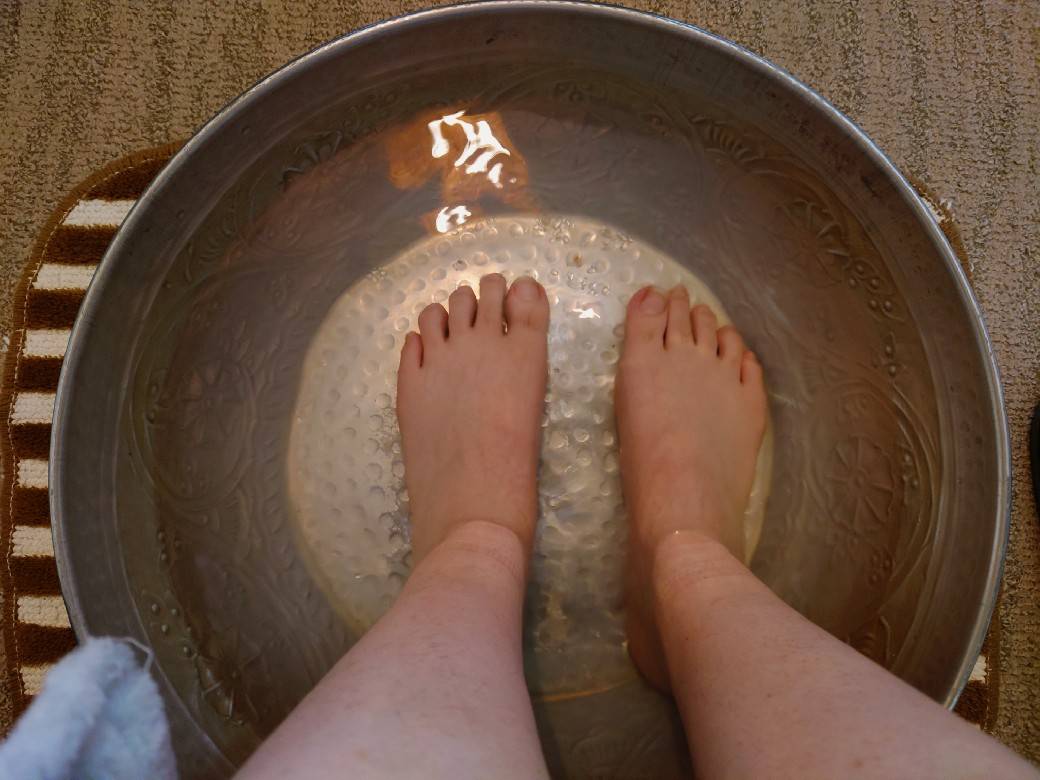Introduction to Anti-Aging and Vitamin C
Anti-aging refers to the process of slowing down or reversing the aging process to maintain a youthful appearance, improve health, and extend lifespan. Vitamin C, an essential nutrient, plays an important role in anti-aging due to its antioxidant properties and role in collagen synthesis. The antioxidant properties of Vitamin C protect skin cells from damage caused by free radicals and environmental stressors, while its involvement in collagen synthesis helps maintain skin elasticity and strength. Consuming Vitamin C through a well-balanced diet or supplements can support youthful skin and overall health, making it a key player in anti-aging strategies.
What is Anti-Aging?
Anti-aging refers to the methods, treatments, and products aimed at slowing down, preventing, or even reversing the natural aging process. The main goal of anti-aging is to maintain a youthful appearance, improve overall health, and extend one’s lifespan. Some common anti-aging approaches include skincare routines with antioxidant-rich ingredients, like vitamin C, that help protect the skin from damage caused by environmental factors such as UV radiation and pollution. Vitamin C is known to boost collagen production, reduce inflammation, and help maintain a more youthful, radiant appearance. Additionally, anti-aging strategies may also encompass lifestyle changes like regular exercise, a healthy diet, and stress management to promote overall well-being and combat the signs of aging.
The Role of Vitamin C in Anti-Aging
Vitamin C plays a significant role in anti-aging due to its powerful antioxidant properties and its involvement in collagen production. As an antioxidant, it neutralizes free radicals that cause oxidative stress, which contributes to the aging process. By minimizing oxidative damage, vitamin C helps maintain skin health and elasticity. Moreover, this essential nutrient promotes collagen synthesis, a protein responsible for the skin’s firmness and structure. Adequate collagen levels prevent sagging, wrinkles, and fine lines. Incorporating vitamin C in your diet and skincare routine can dramatically improve skin appearance and slow down the aging process.
The Science Behind Vitamin C and Anti-Aging
Antioxidant Properties of Vitamin C
Vitamin C, also known as ascorbic acid, is a potent antioxidant that plays a crucial role in maintaining skin health and fighting the signs of aging. Its antioxidant properties help protect skin cells from damage caused by free radicals, which are unstable molecules produced by environmental factors such as pollution, UV radiation, and smoking.
Free radicals can damage the skin by breaking down collagen, leading to wrinkles and loss of elasticity in the skin. Vitamin C neutralizes these harmful molecules, preventing cellular damage and promoting collagen synthesis. By boosting collagen production, vitamin C enhances skin’s firmness and elasticity and effectively reduces the appearance of wrinkles and fine lines.
Moreover, this versatile vitamin also helps in lightening dark spots and evens out skin tone by inhibiting melanin production. In addition, vitamin C possesses anti-inflammatory properties, contributing to a healthier and more youthful complexion.
Vitamin C and Skin Hydration
Vitamin C plays a crucial role in skin hydration and overall health. Being a potent antioxidant, it helps neutralize harmful free radicals that contribute to skin aging. Moreover, Vitamin C is essential for collagen synthesis, a protein responsible for maintaining skin firmness and elasticity.
By promoting collagen production, Vitamin C helps improve skin hydration, reduces fine lines and wrinkles, and gives your skin a more youthful appearance. Additionally, it helps in repairing damaged skin cells caused by environmental factors such as pollution, sun exposure, and smoking.
Including Vitamin C in your skincare routine can help you achieve a hydrated, radiantly smooth, and youthful complexion.
Reducing Hyperpigmentation with Vitamin C
Vitamin C is a powerful antioxidant, proven to be highly effective in addressing hyperpigmentation by inhibiting melanin production in the skin. As an essential component of anti-aging skincare, it helps in fading dark spots, promoting even skin tone, and boosting collagen production. Incorporating a high-quality vitamin C serum into your daily routine can significantly improve skin appearance and combat signs of aging. Regular use of vitamin C products will leave the skin looking brighter, younger, and more radiant.
How to Include Vitamin C in Your Skincare Routine
Here are some tips to include Vitamin C in your skincare routine.
Identifying the Right Vitamin C Product for Your Skin
To identify the right Vitamin C product for your skin, consider factors like concentration, skin type, and additional ingredients. Opt for a stable, anti-ageing formula that suits your needs and always perform a patch test before use.
How to Apply Vitamin C Serums and Creams
To effectively apply vitamin C serums and creams for anti-aging benefits, follow these steps:
1. Cleanse your face: Gently wash your face to remove dirt, oil, and makeup, leaving your skin fresh and clean.
2. Use a toner (optional): If desired, apply a toner to balance your skin’s pH levels.
3. Apply the vitamin C serum: Use a dropper or your fingertips to apply a small amount of serum to your face and neck. Gently massage it into the skin, focusing on areas with signs of aging or uneven skin tone.
4. Wait for absorption: Allow the serum to fully absorb into your skin for a few minutes before proceeding to the next step.
5. Apply a moisturizer: Apply an appropriate moisturizer to lock in the serum and keep your skin hydrated.
6. Sun protection: Vitamin C makes your skin more sensitive to sun exposure. Apply a broad-spectrum sunscreen during the day to protect your skin from the sun’s harmful rays.
Repeat these steps daily, using the serum and cream both in the morning and evening for optimal results. Consistency is key to achieving the anti-aging benefits of vitamin C.
When to Expect Results from Vitamin C Application
Results from Vitamin C application for anti-aging benefits can vary depending on factors such as skin type, concentration of the product, and individual skin concerns. Generally, noticeable improvements in skin tone, texture, and elasticity can be seen after 2-4 weeks of consistent use. For optimal results, it is recommended to apply Vitamin C in the form of serums or creams to clean skin daily, ideally in the morning under sunscreen. Keep in mind that patience and consistency are essential for the most effective outcome when introducing vitamin C into your skincare routine.
Other Benefits of Vitamin C Beyond Anti-Aging
While vitamin C effectively helps you in its anti-aging properties as we have discussed, its health benefits extend far beyond promoting youthful skin. In this paragraph, we will explore these additional advantages.
Wound Healing and Repair
It plays a crucial role in wound healing and repair by promoting collagen synthesis, which is vital for maintaining skin strength and elasticity. Furthermore, vitamin C has potent antioxidant properties that combat free radicals and reduce inflammation, helping to accelerate the healing process. It also improves immune function by supporting the production of white blood cells, which defend against infections.
Improving Heart Health
It plays a crucial role in improving heart health by reducing the risk of heart disease. This essential nutrient aids in lowering blood pressure, reducing inflammation, and preventing the buildup of plaque in arteries. Vitamin C also helps increase the production of collagen as we have been discussing and it is also necessary for maintaining the elasticity and strength of blood vessels. Furthermore, its function as a powerful antioxidant fights against harmful free radicals and can lead to cardiovascular problems.
Enhancing Iron Absorption
Vitamin C supports iron absorption by reducing ferric iron (Fe3+) to ferrous iron (Fe2+) and forming a complex with it, making it more soluble and easily absorbed by the body. This enhanced absorption helps increase iron availability, especially from plant-based sources, contributing to better overall health, including combating anemia and fatigue.


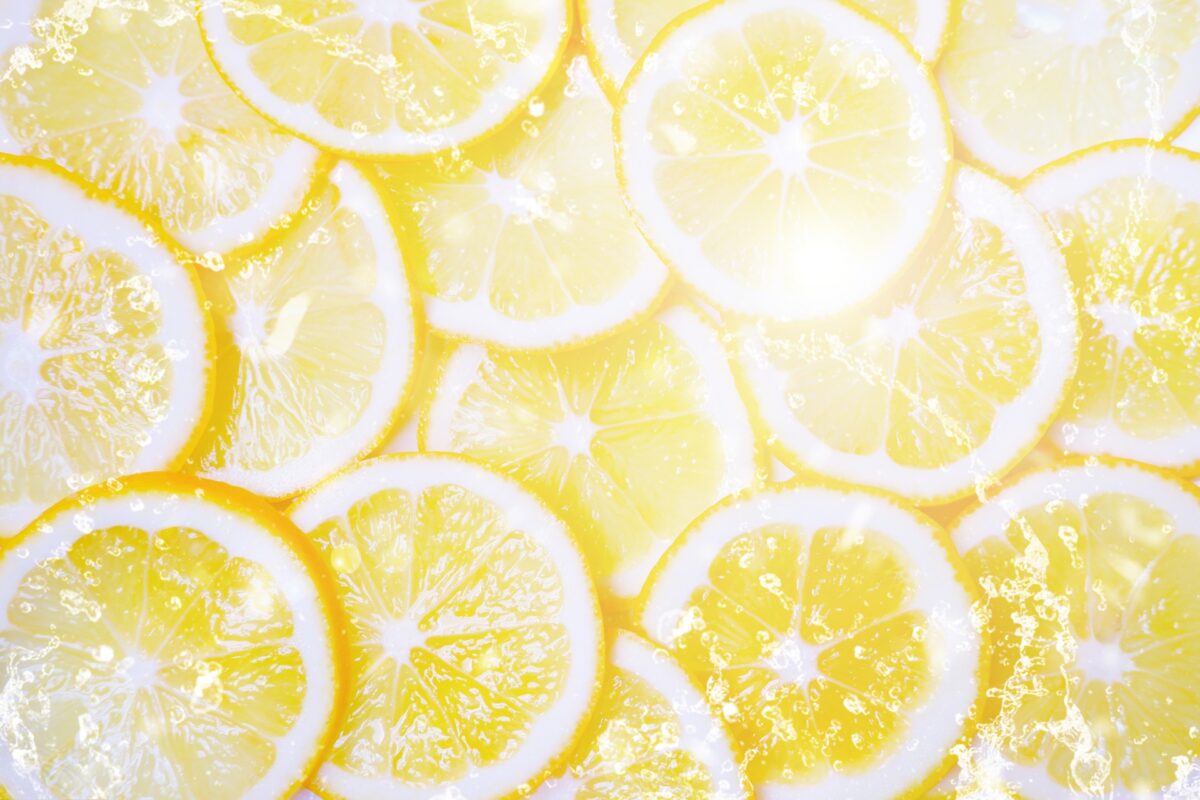





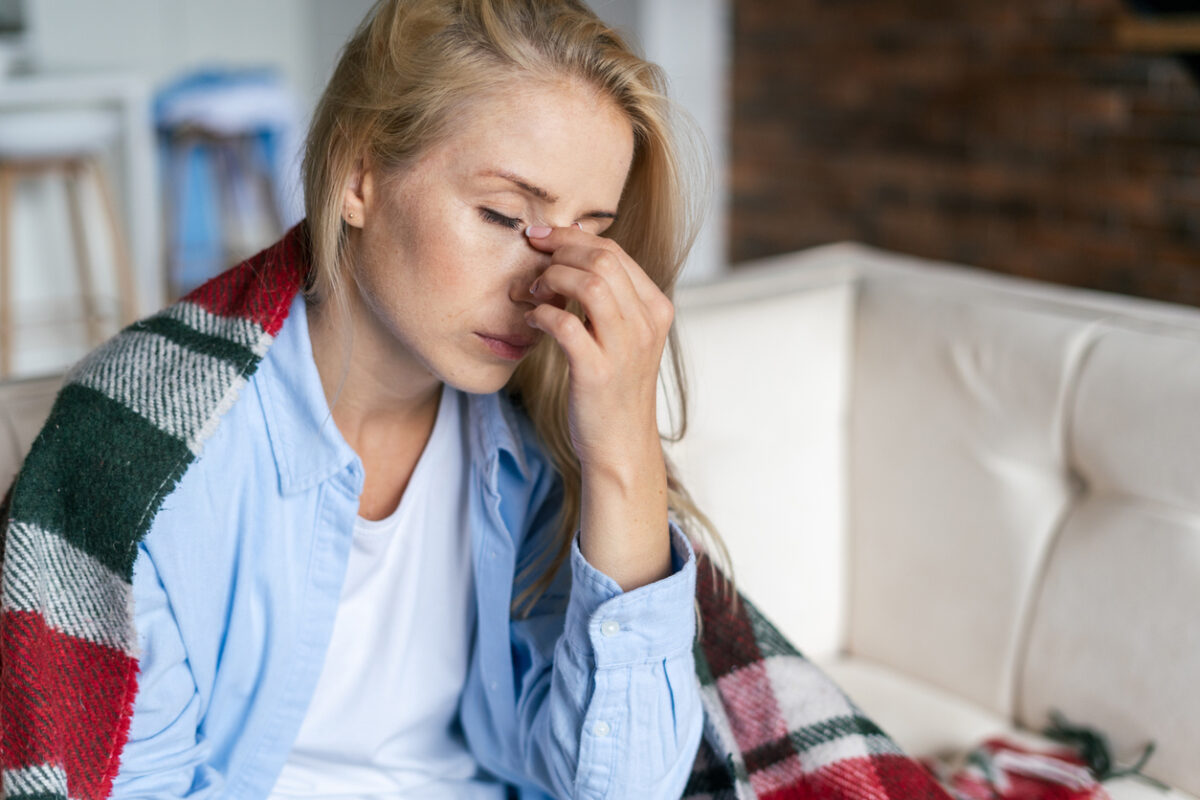
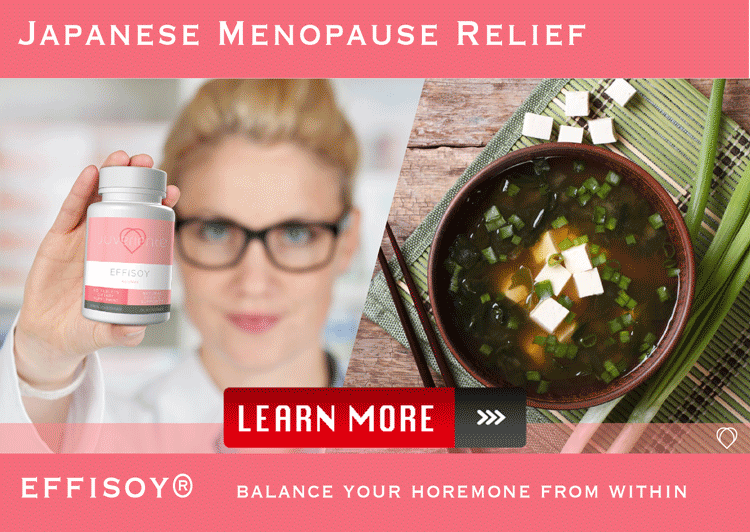





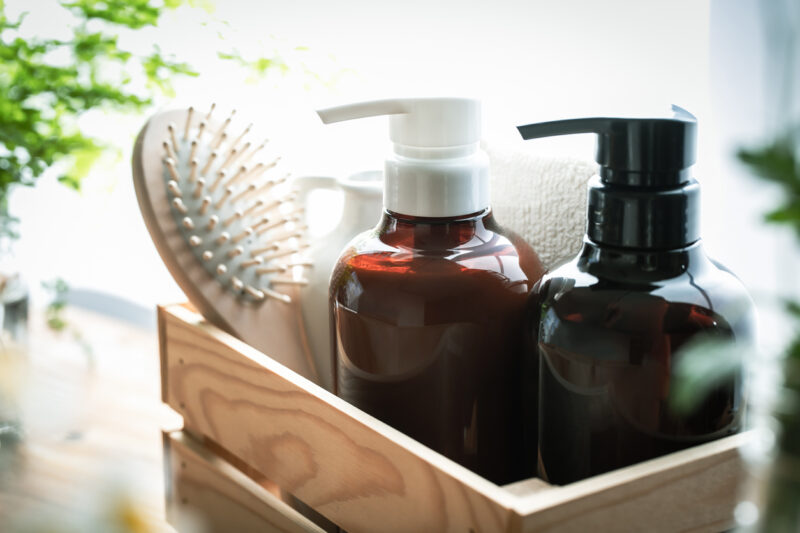
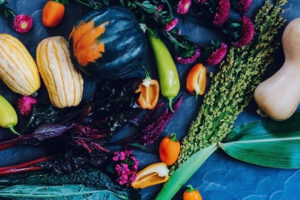 Shampoo and treatment are the most familiar and everyday hair care items. When hair quality changes due to aging, the shampoo, and conditioner you have used since you were younger may no longer suit you.
Shampoo and treatment are the most familiar and everyday hair care items. When hair quality changes due to aging, the shampoo, and conditioner you have used since you were younger may no longer suit you.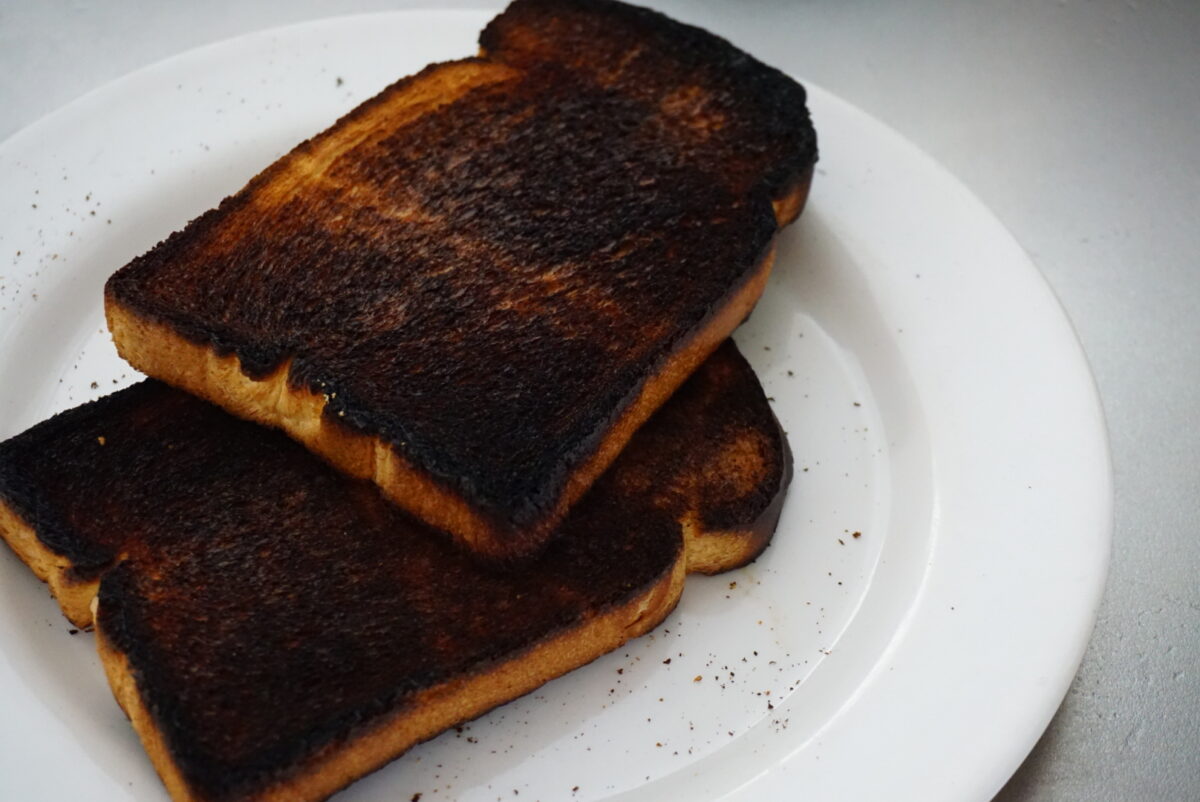

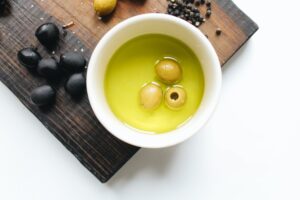
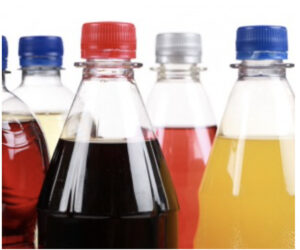 Watch out for artificial sweeteners often used in sweets and soft drinks. It produces AGEs 10 times faster than glucose.
Watch out for artificial sweeteners often used in sweets and soft drinks. It produces AGEs 10 times faster than glucose.